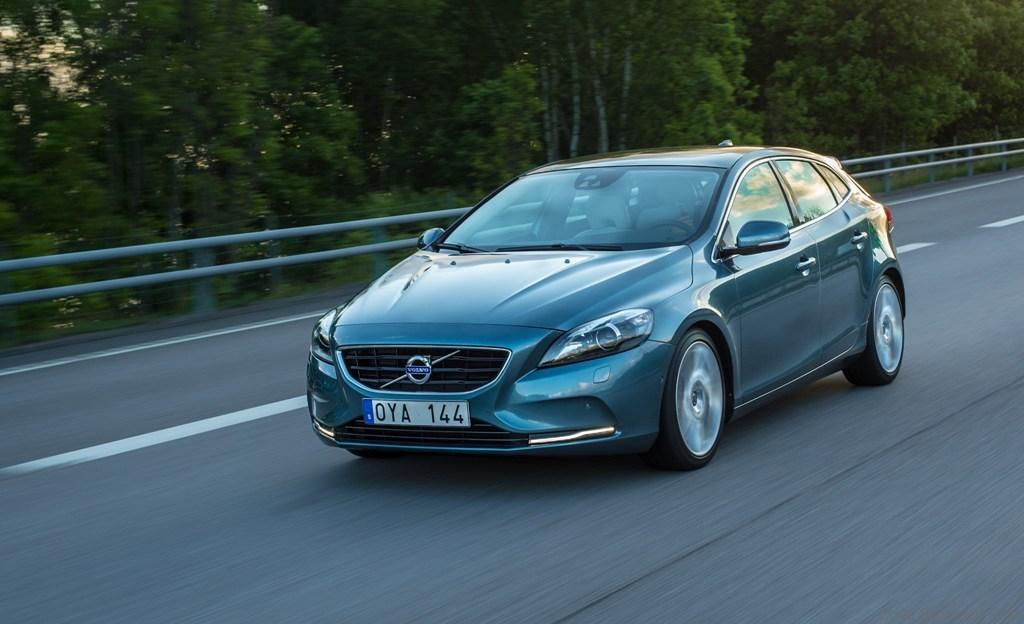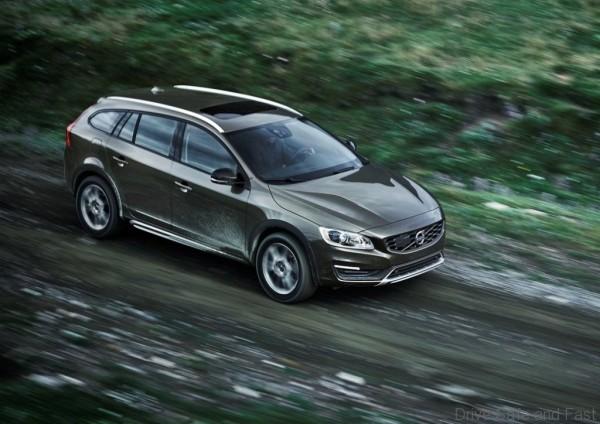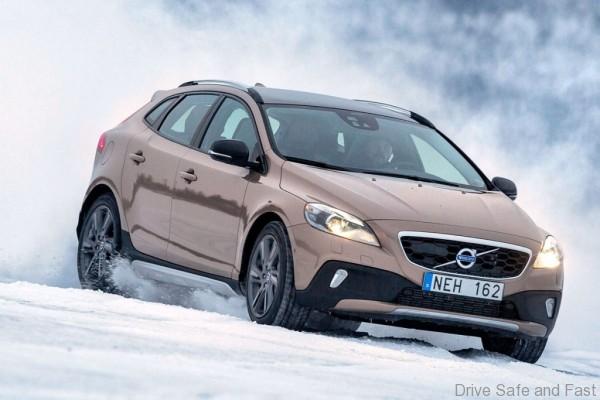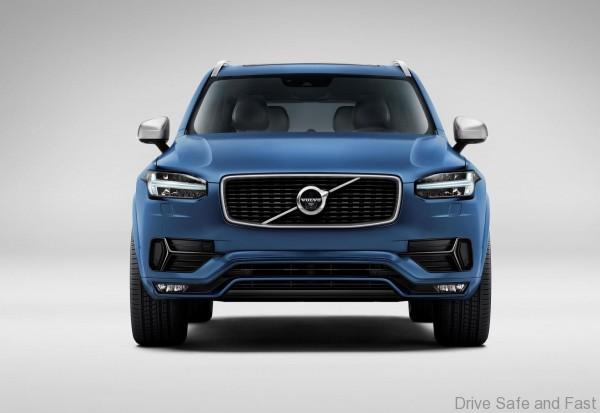The all new 2016 Volvo XC90 SUV is the first product springing from Volvo’s new Scalable Platform Architecture, dedicated to large vehicles. By early 2016, the architecture will yield a new S90 sedan and V90 wagon, which replace the S80 and V70.
Next up, also from the SPA, is a re-engineered XC60 midsize CUV slotting under the XC90 and expected to be on sale by the end of 2016.
The current XC60 was derived from Ford’s EUCD platform while the Dearborn automaker owned Volvo. EUCD also was used previously for the Volvo S80, V70, S60 sedan and V60 wagon.
In early 2017, redesigned versions of the S60 and V60 are due on the market, also based on the SPA underpinnings. Later in 2017, the market should receive the V40 5-door hatchback, the first Volvo produced by the Chinese European Vehicle Technology joint venture, which was created two years ago with Geely and is based in Gothenburg, Sweden.
The V40 represents Volvo’s small-car play, and there is not expected to be an S40 sedan, McInally says. The current V40 came from Ford’s P1 platform. The seventh and final new vehicle will be the XC40 CUV slotting below the XC60.
All of the vehicles are expected to be available globally, and the automaker will continue a marketing pitch that plays up Scandinavian design, comfort, safety and fuel efficiency. Volvo announced several years ago it would use 4-cylinder engines exclusively across its entire lineup, even in big vehicles such as the XC90. That promise holds up as the large CUV’s base engine is the 2.0L T6, which uses both a supercharger and twin-scroll turbocharger to produce 316 hp and 295 lb.-ft. (400 Nm) of torque while capable of a 0-60 mph (97 km/h) run in 6.1 seconds, Volvo says.
Still to be priced is the XC90 plug-in hybrid, which pairs the T6 engine with an electric motor mounted to the rear axle and powered by a 9.2 kWh lithium-ion battery.
Volvo says the hybrid, which will be available this fall, has an all-electric range of 25 miles (40 km) and is rated at 59 mpg-equivalent (3.9 L/100 km), according to the EPA test cycle. Worldwide in 2015, Volvo anticipates producing 50,000 XC90s in Gothenburg, ramping up to 80,000 units the following year







